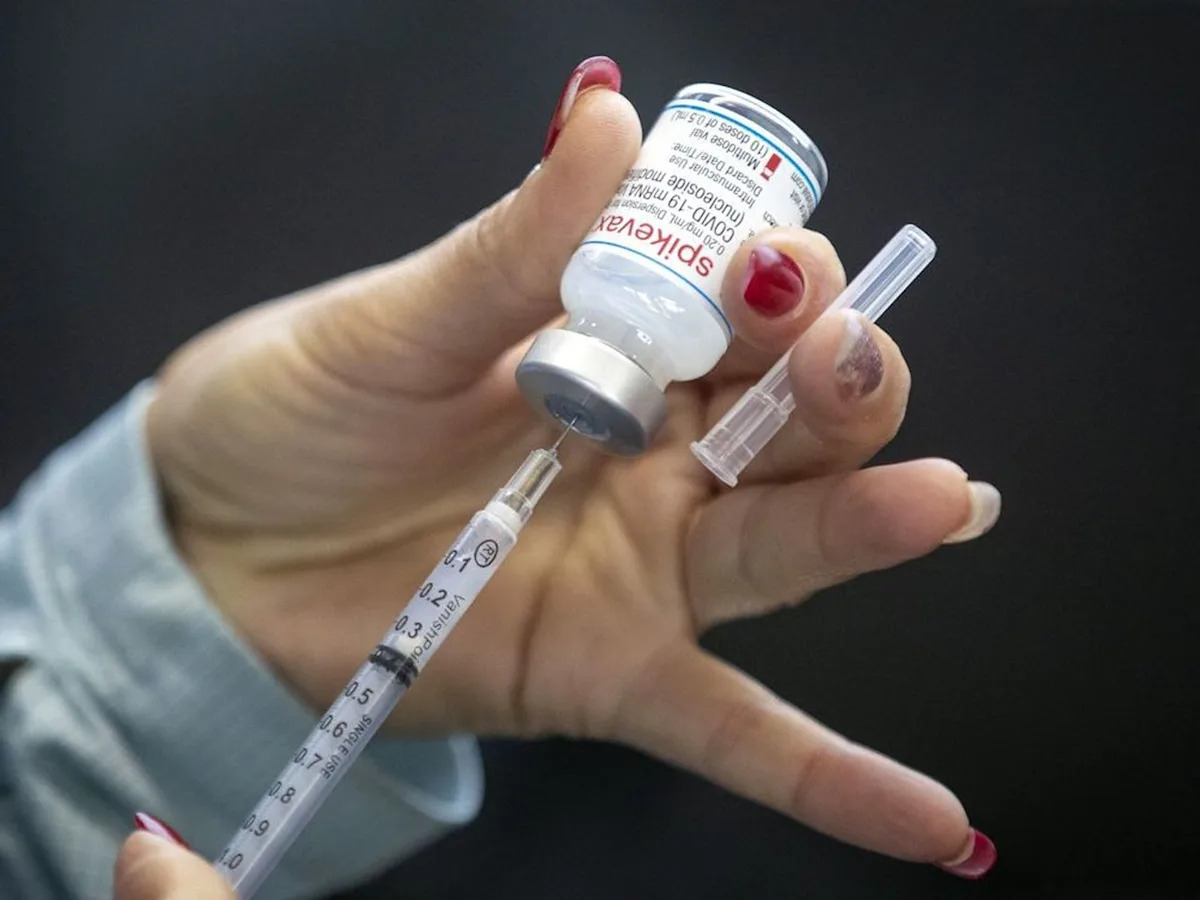For the first time in four years, the federal government has made the decision to no longer fund the COVID-19 vaccination in Canada.
Last year, this program cost taxpayers about $74 million. If the provincial government were to replicate that program this fall, it would mean pulling that funding from other areas of our health-care system; maybe that would have meant fewer surgeries, maybe fewer ICU beds. Certainly, it would have meant longer wait times.
Instead, Alberta is taking a smarter, more targeted approach to COVID-19 immunization — one that protects those most at risk while respecting taxpayers. With the federal government no longer supplying the vaccine at no cost. Alberta now manages its own supply. That shift demands a new level of precision and accountability.
Here’s some context: Over the past two years, COVID-19 vaccine uptake has steadily declined across Alberta and the rest of the country. Last year, only 13.7 per cent of Albertans chose to get a COVID-19 vaccine. It’s also worth noting that despite this relatively low immunization rate, hospital admissions this summer were the lowest since 2020, highlighting that the overall impact of COVID-19 has steadily decreased compared with earlier in the pandemic.
This shows that despite broad availability, demand has not matched supply — leading to significant waste. In the 2023-24 season alone, over one million doses were discarded, costing approximately $135 million. In 2024-25, another 401,000 doses went unused, amounting to over $44 million — the equivalent of hiring roughly 100 new physicians, 500 registered nurses, or completing more than 3,000 hip replacements.
This year, the program has been designed to meet Alberta’s needs while focusing on those most at risk. Take seniors as an example: Free vaccines will be provided to Albertans aged 65 and older who receive the Alberta Seniors Benefit, as well as to individuals with underlying or immunocompromised conditions. There are roughly 790,000 seniors in Alberta.
About 690,000 are eligible for a free vaccine, and we estimate around 304,000 will actually receive it based on historical uptake. In other words, nearly 87 per cent are eligible, with a projected uptake of about 38 per cent.
This targeted approach follows guidance from the National Advisory Committee on Immunization (NACI), which recommends the vaccine only for those at higher-than-average risk. Alberta has prioritized individuals most at risk of severe outcomes from COVID-19 ensuring that limited resources are directed where they will have the greatest impact — protecting lives while preserving public funds.
This fall, the program will roll out in two phases through public health clinics:
Phase 1: Albertans in the following groups will receive the vaccine free of charge:
Residents of continuing-care homes and seniors supportive-living accommodations;
Individuals six months and older with underlying medical conditions or compromised immune systems as recommended by the NACI;
Individuals experiencing homelessness;
Albertans aged 65 and older receiving the Alberta Seniors Benefit.
Phase 2:
All other Albertans six months and older may receive the vaccine while supplies last; an administrative fee of $100 per vaccination will apply.
Paying for vaccines is not unusual in Alberta or Canada. Several immunizations, including shingles and RSV, are publicly funded for higher-risk groups, with other eligible adults able to purchase them. Shingrix costs about $360 for the two-dose series, and the RSV vaccine about $300 for those not covered provincially. This approach ensures that those most vulnerable are protected while keeping the program sustainable.
Albertans deserve a health system that protects them — and respects their investment in it. By focusing on those at highest risk, aligning supply with
actual demand, and reducing waste, we are ensuring every dose counts.
This program is responsible, sustainable, and designed to safeguard both Albertans’ health and the taxpayer dollars that fund our system.
Adriana LaGrange is minister of Primary and Preventative Health Services.
Letters welcome
We invite you to write letters to the editor. A maximum of 150 words is preferred. Letters must carry a first and last name, or two initials and a last name, and include an address and daytime telephone number. All letters are subject to editing. We don’t publish letters addressed to others or sent to other publications. Email: letters@edmontonjournal.com
Bookmark our website and support our journalism: Don’t miss the news you need to know — add EdmontonJournal.com and EdmontonSun.com to your bookmarks and sign up for our newsletters here.
You can also support our journalism by becoming a digital subscriber. Subscribers gain unlimited access to The Edmonton Journal, Edmonton Sun, National Post and 13 other Canadian news sites. Support us by subscribing today: The Edmonton Journal |The Edmonton Sun.

